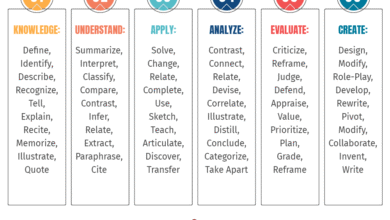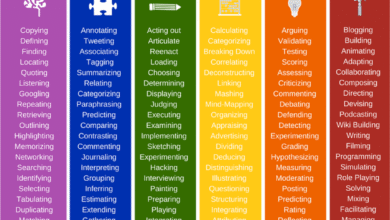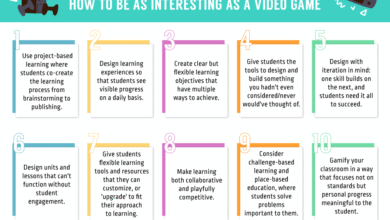12 Effective Teaching Strategies – TeacherToolkit

Are teachers measuring progress or growing it?
Teachers spend too much time analysing data when they should be focusing on teaching. These 12 strategies help shift the focus from numbers to practical teaching approaches that improve student learning.
Whatever our role in school, at some point, teachers will either be completing quality assurance or being quality assured. Too often, school and college leaders fixate on tracking data rather than improving teaching.
A single percentage doesn’t capture the complexities of learning, and the pressure to ‘close gaps’ often leads to surface-level interventions. The real challenge is shifting the focus from data analysis to meaningful classroom action.
From measuring to growing progress
Quality assurance has long been the standard, but it should evolve into professional development. Effective teaching—not spreadsheets—drives student progress. Instead of merely tracking numbers, teachers must focus on targeted interventions that support learning. We need to shift from measuring progress to actually growing it.
Why does this matter?
Research by John Hattie emphasises the significant impact of effective teaching on student achievement.
Data-driven decision-making has its place, but excessive focus on numbers can be misleading. Teachers are pressured to raise percentages rather than develop strategies that genuinely help students. A more balanced approach—where teachers use assessment to inform precise interventions—creates a more effective learning environment.
Shifting focus: 12 practical strategies
- Pupil Progress Meetings or Not – Whether these meetings exist or not, apply these strategies in your teaching.
- Moving Away from Data – Start with assessment data but quickly transition to action.
- Identify Key Pupils – Focus on students at critical tipping points in their progress.
- How Many Pupils? – Use the “rule of three” (at a time) to ensure targeted intervention is manageable.
- Question Level Analysis – Identify key misconceptions from recent assessments.
- What Are the Gaps? – Pinpoint precise knowledge gaps to address before the next assessment.
- Feed-up – Feed-up (providing students with clear goals based on their current progress). Show pupils their learning gaps and set clear improvement targets.
- The Power of Teaching Assistants – Ensure support staff know the key gaps and can reinforce learning.
- Leaders Should Know the Pupils and Gaps – Leadership teams must support students’ identified learning gaps.
- Adapt Retrieval – Build key gaps into retrieval practice at the start of lessons.
- Writing Conferences – Use small-group interventions to focus on writing-based gaps.
- And Repeat – Improving pupil outcomes is an ongoing process, not a one-time fix.
Reflection questions for teachers to consider
- How much time is spent analysing data compared to adapting teaching?
- Are key pupils’ learning gaps clearly identified and addressed?
- How can teachers focus on three key pupils without neglecting the rest?
- What retrieval practices could be adjusted to reinforce key learning points?
- How can leaders ensure data discussions translate into meaningful classroom action?
- Are teaching assistants being used effectively to reinforce learning gaps?
- Do school priorities balance data tracking and professional development?
- How can writing conferences be adapted across different subjects?
- What impact does reducing cognitive overload have on assessment outcomes?
- What changes could be made to pupil progress meetings to make them more teaching-focused?
These 12 steps provide a manageable way to shift from data obsession to meaningful teaching.
Rather than just measuring where students are, teachers should focus on targeted strategies to help them progress. What changes could you make in your school?
Helping our pupils make progress never stops. Teaching is all about ‘Day in, Day out, School Improvement.’
Image by Depositphotos
Related
Source link



